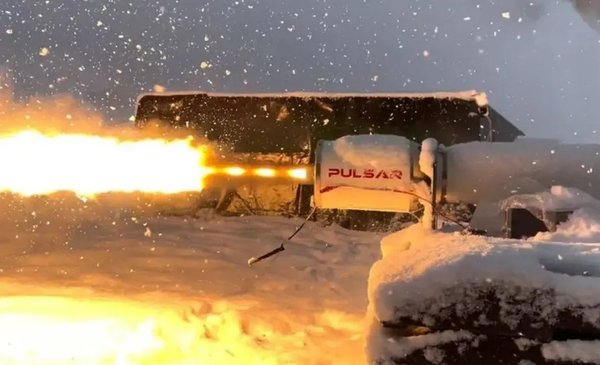In a short time, space missions to Mars can be reduced to half the time thanks to the nuclear fusion engine developed by the British space company Pulsar Fusion.
The new device is based on an extremely hot plasma system confined in an electromagnetic field. In addition, it contains a supercomputer to accurately predict the behavior of the plasma and be able to control it in various situations.
It is estimated that the combustion chamber reaches hundreds of millions of degrees, which allows the engine to reach about 800,000 kilometers per hour.
The company’s chief financial officer, James Lambert, noted that the superheated plasma system consists of “learning to contain and confine plasma within an electromagnetic field.” In this sense, he explained, “the plasma behaves unpredictably and turbulently as it heats up, which causes the reaction to stop.”
The new engine is based on the Direct Fusion Drive (DFD) concept, which allows energy to be obtained from fusion. This is because the main component of the device is a fusion reactor with electromagnetic coils. The engine compartment is filled with the gas needed to achieve the required fusion.
Pulsar Fusion Director Richard Dinan announced that the first tests of the engine would take place in 2025 and that it would also be necessary to carry out an “orbital test launch” in favor of the fusion reaction.
“If the test can reach melting temperatures during demonstration, the technology will have the potential to cut mission times to Mars in half, reduce flight time to Saturn from eight years to two years, and eventually enable humanity to explore beyond our solar system,” he said. manager explained.



:quality(85)/cloudfront-us-east-1.images.arcpublishing.com/infobae/4ZZ2FSIOGRDANDY6WH34OA6XTA.jpg)
:quality(85)/cloudfront-us-east-1.images.arcpublishing.com/infobae/YMJL5TYTFCDXREBK5GQ3GF2NSE.jpg)
